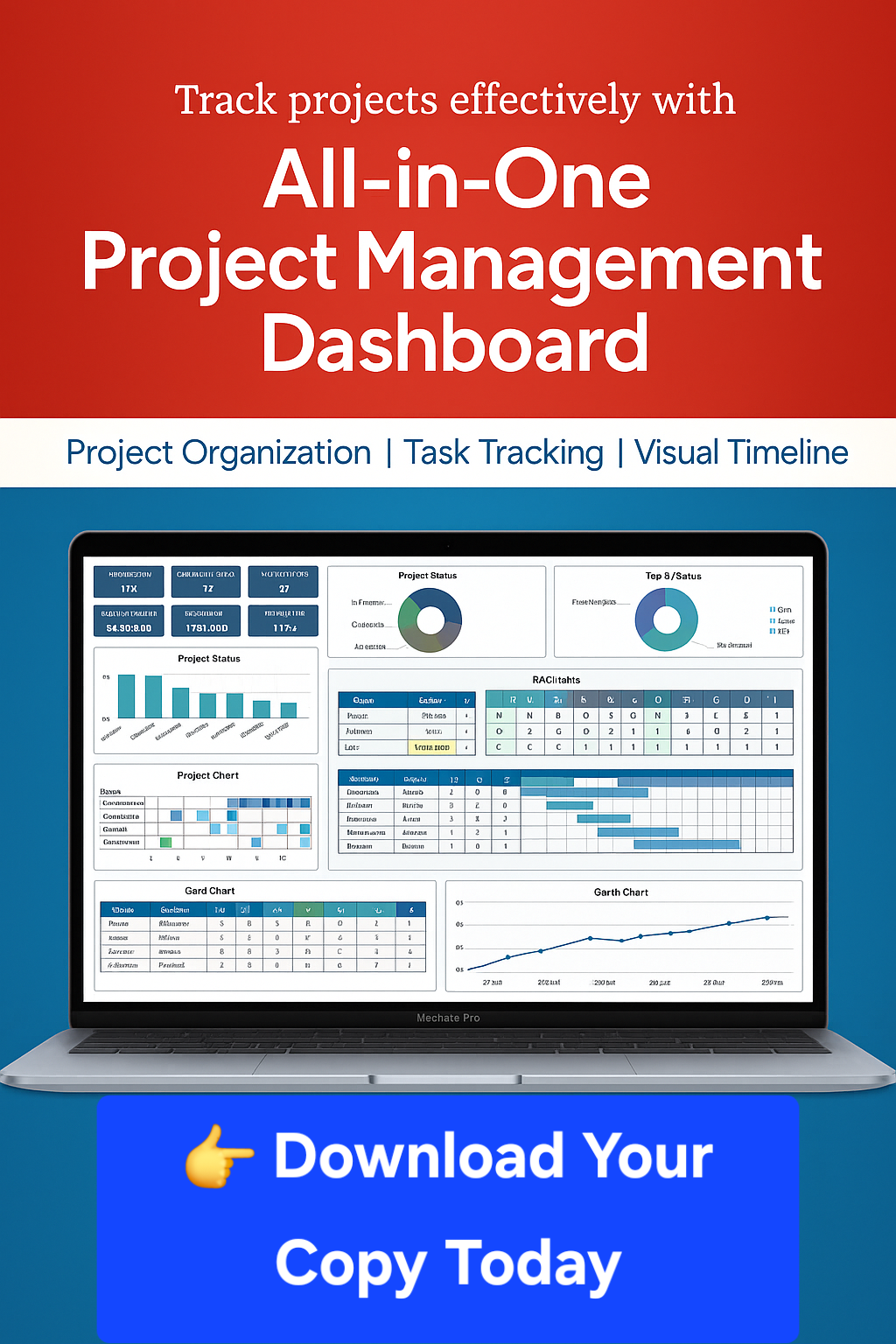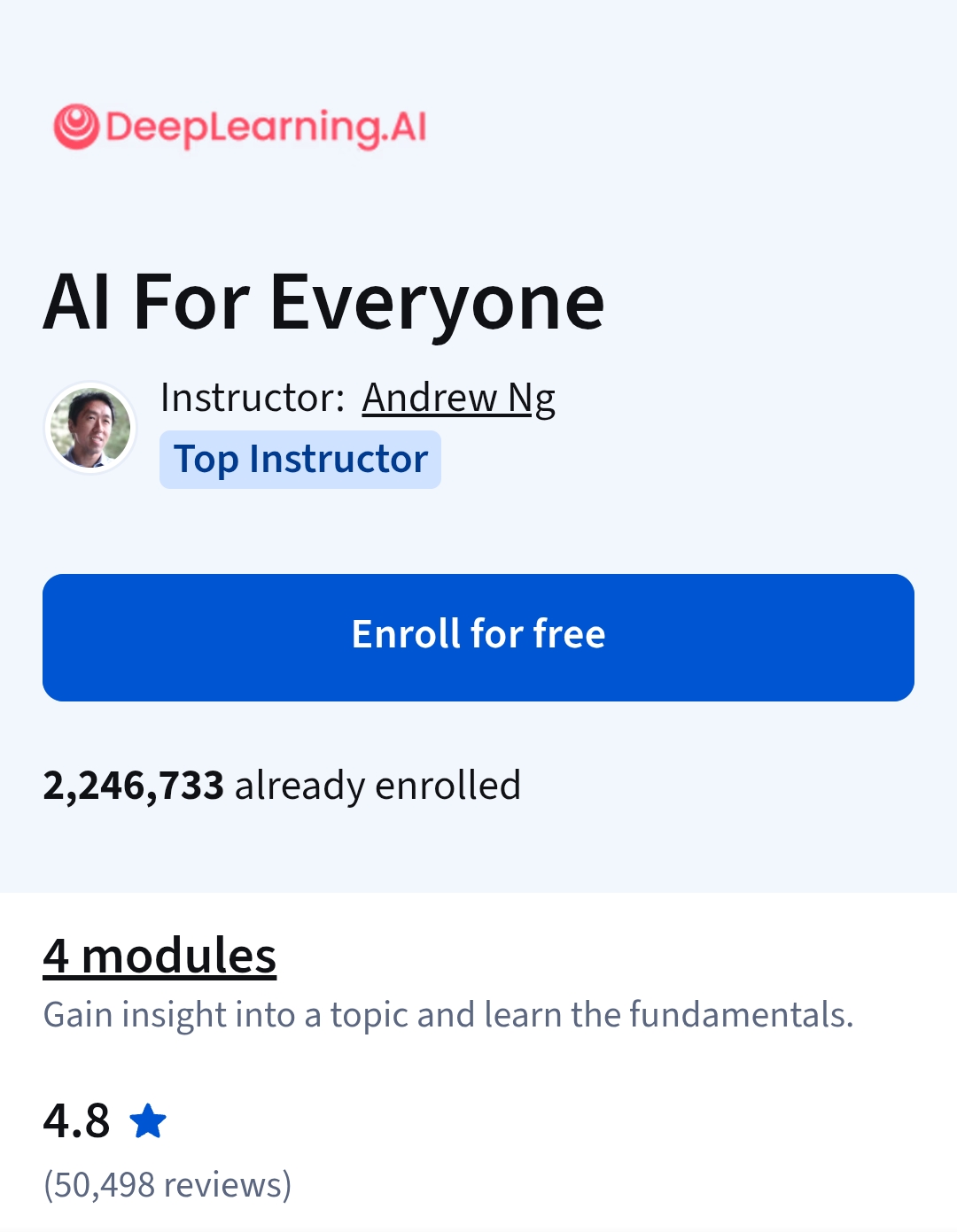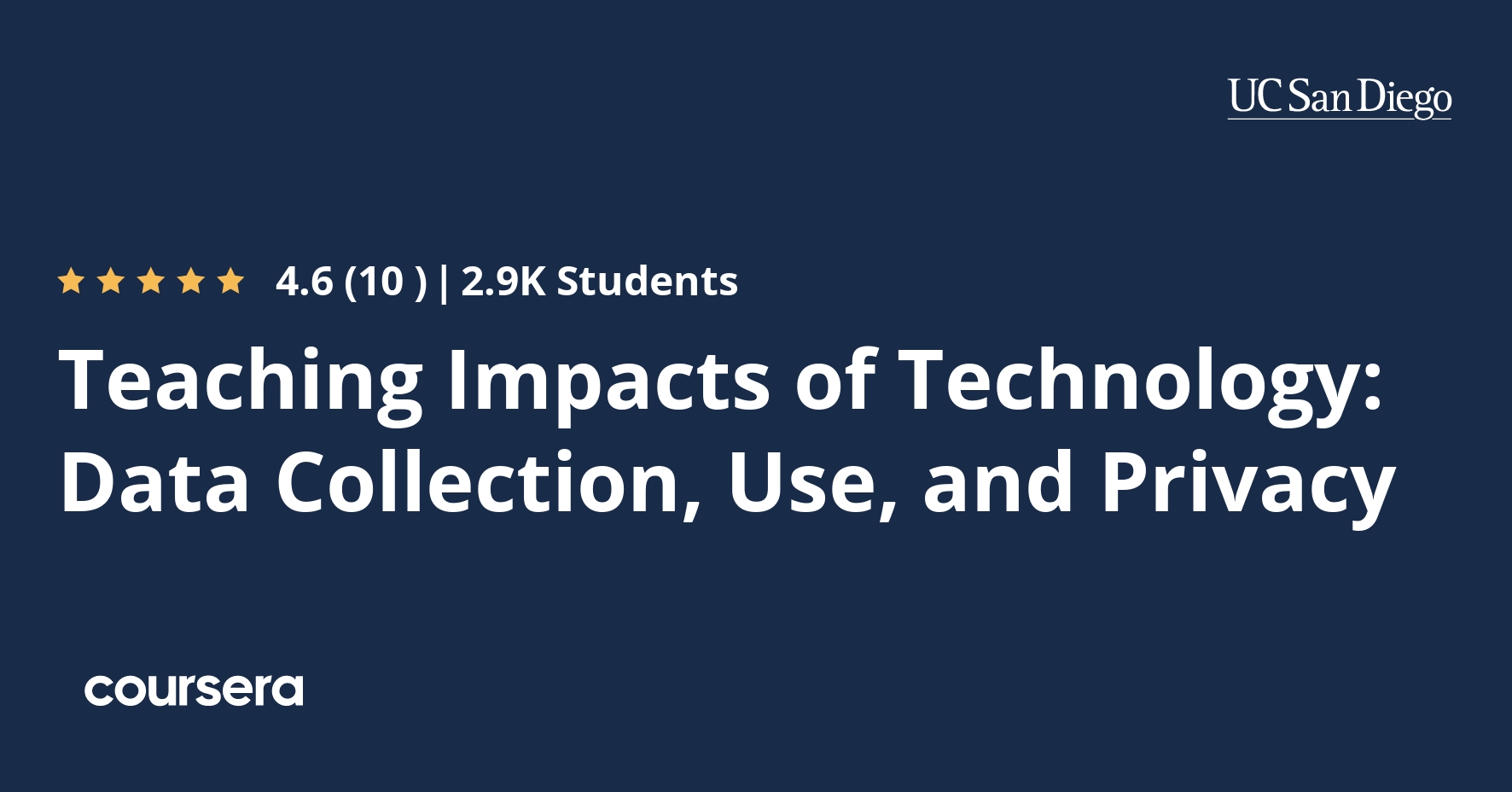Description
In this course you’ll focus on how constant data collection and big data analysis have impacted us, exploring the interplay between using your data and protecting it, as well as thinking about what it could do for you in the future. This will be done through a series of paired teaching sections, exploring a specific “Impact of Computing” in your typical day and the “Technologies and Computing Concepts” that enable that impact, all at a K12-appropriate level.
This course is part of a larger Specialization through which you’ll learn impacts of computing concepts you need to know, organized into 5 distinct digital “worlds”, as well as learn pedagogical techniques and evaluate lesson plans and resources to utilize in your classroom. By the end, you’ll be prepared to teach pre-college learners to be both savvy and effective participants in their digital world.
In this particular digital world (personal data), you’ll explore the following Impacts & Technology pairs —
Impacts (Show me what I want to see!): Internet Privacy, Custom Ads, Personalization of web pages
Technologies and Computing Concepts: Cookies, Web vs Internet, https, Web Servers
Impacts (Use my data…. But protect it!): Common Cybersecurity knowledge levels, ISP data collection, Internet design, finding out what is known about you online, software terms and services
Technology and Computing Concepts: DNS, Cryptography (ciphers, hashing, encryption, SSL), Deep and Dark Web
Impacts (What could my data do for me in the future?): What is Big Data, Machine Learning finds new music, Wearable technologies.
Technology and Computing Concepts: AI vs ML, Supervised vs Unsupervised learning, Neural Networks, Recommender systems, Speech recognition
In the pedagogy section for this course, in which best practices for teaching computing concepts are explored, you’ll learn how to apply Bloom’s taxonomy to create meaningful CS learning objectives, the importance of retrieval-based learning, to build learning activities with online simulators, and how to use “fun” books to teach computing.
In terms of CSTA K-12 computer science standards, we’ll primarily cover learning objectives within the “impacts of computing” concept, while also including some within the “networks and the Internet” concepts and the “data and analysis” concept. Practices we cover include “fostering and inclusive computing culture”, “recognizing and defining computational problems”, and “communicating about computing”.







